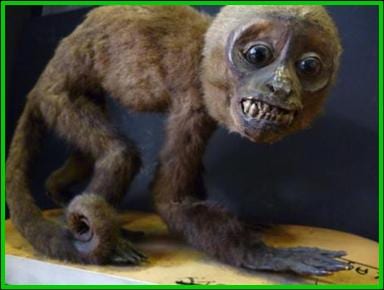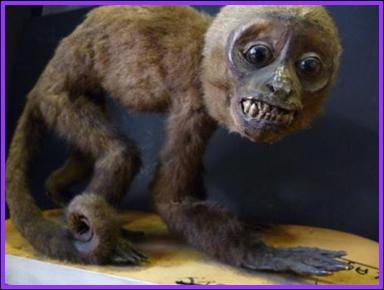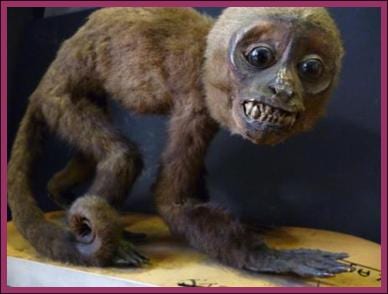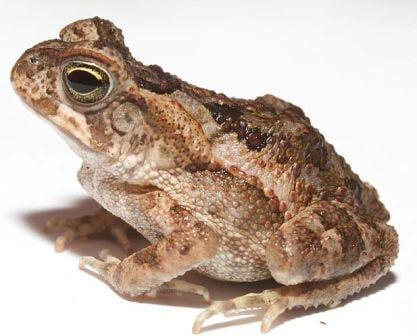Specimen of the Week: Week 128
By Emma-Louise Nicholls, on 24 March 2014
 Here at the Grant Museum we love all species of animal. We are not racist, sexist, size-ist, species-ist, or any such ist at all. It was not us that named this animal, but if it had been us who gave it this particular common name, it would have been through love and appreciation, and not meant in a derogatory way. For there is nothing wrong with being how this animal is described in its common name. Nothing at all. In fact, I can relate. Ok, caveat over, this week’s Specimen of the Week is… (more…)
Here at the Grant Museum we love all species of animal. We are not racist, sexist, size-ist, species-ist, or any such ist at all. It was not us that named this animal, but if it had been us who gave it this particular common name, it would have been through love and appreciation, and not meant in a derogatory way. For there is nothing wrong with being how this animal is described in its common name. Nothing at all. In fact, I can relate. Ok, caveat over, this week’s Specimen of the Week is… (more…)
 Close
Close








